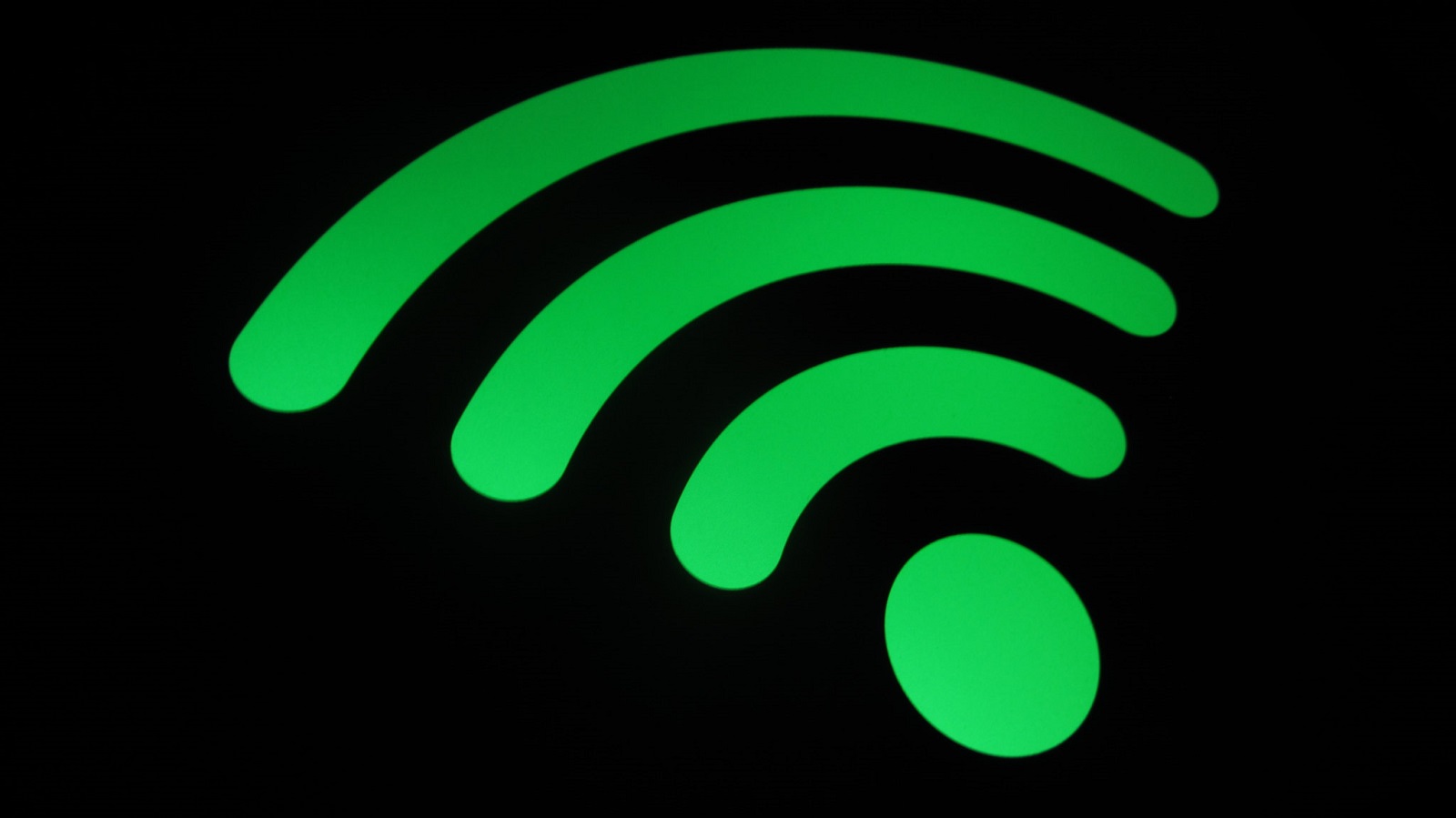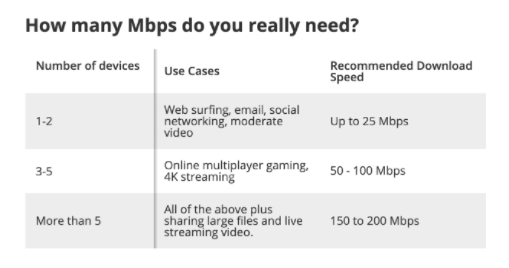How to get better internet on a budget
Boost your struggling home internet speed with our guide

The internet is central to keeping America going through the pandemic. But with more people working and learning from their home internet connection, you might feel like it’s slowing down. We’ve put together this guide so you can get faster internet on a budget.
Before we dive in, when it comes to time online there are only two speeds: fast enough and not fast enough. There’s no need to pay for a way faster connection than you need. But if your internet isn’t keeping up, you might need a better plan, a better router or modem, or a better configuration. Here are the steps you need to check all three:
Step 1: Check Your Internet Service Plan
Step one is to check how many megabits per second (Mbps) you’re currently buying from your internet service provider (ISP). The more Mbps, the faster the internet. Tom’s Guide can help show how much Mbps you need:

150-250 Mbps should be enough for business owners or an entire household working from home. If you’ll have more than 8 or 9 devices streaming and working at once, it may be worth looking into higher Mbps plans. Some ISPs offer plans starting at 250 Mbps, going up to 1000.
If you visit speedtest.net, you can check to see if the speed you are paying for is getting delivered. If it is not, you might need to upgrade your modem and router, or configuration.
For example, my roommate’s previous four-person apartment paid for 1000 Mbps internet at $80/mo, in addition to the mediocre, rented Wifi router at $14/mo. But instead of a plan with more Mbps, they could have gone with a cheaper plan, bought a high-quality router, put it in the correct spot, and ended up with better internet while saving hundreds of dollars.
Step 2: Check your router and modem
For Wifi, you need both a router (distributes the internet connection to your devices) and a modem (connects you to the internet). You can also buy a router-and-modem combo, but know the trade-offs. If you get an internet-only service like FIOS, you can skip the modem altogether.
Whatever you do, don’t rent a router and modem from your internet service provider (ISP). It’s a bad deal for the money. You’ll end up paying $10-$20 per month, when you can buy better devices that you’ll own for years for as low as $80-$100.
Alternatively, you may have slow internet speeds because your router is incompatible with your ISP and Mbps plan, or simply outdated. When you purchase your router and modem, you should look for how many Mbps they support, and whether they’re compatible with your ISP. Most routers list their maximum speed on a sticker on the back or bottom of the device.
Step 3: Choosing the right router and modem
Buying your own separate router and modem, on a budget or not, is a good investment and may increase the longevity of your devices.
For example, Wifi improves every few years, but that will only affect your router. Recently, Wifi 6 was just released, which is the fastest version of Wifi (but still only compatible with a few devices). Wifi 6 routers will have an AX in it’s product title, like the Netgear Nighthawk AX4300 WiFi 6 Router. But most likely, a Wifi 5 router will be plenty fast — if the router has “AC” in the product number, it’s Wifi 5.
If you do want to upgrade to Wifi 6 instead of Wifi 5, you can still keep your modem – this is why buying the router and modem separately is the best way to reduce e-waste and save money.
Before buying a router and modem, you should be aware of a few things: 1) whether it’s single-band or dual-band (dual and tri band are faster, and still affordable), 2) how much coverage it gets (in square feet), and 3) whether it’s compatible with your ISP and your internet plan. There are great guides to the best budget routers and best budget modems.
In buying a router for my own apartment, I followed Budget Reports. They recommend the TP-Link AC1750 ($65) for best coverage and the Netgear R6700 Nighthawk AC1750 ($85) for best overall, plus they have plenty of other options under $50. I was between the TP-Link and Netgear AC routers, but I went with the cheaper TP-Link even though it wasn’t the best overall because it’s fast enough.
As for a modem, I went with the Netgear CM500 ($55), which was the New York Times’ budget pick.
Step 4: Extending your Coverage: Wifi Boosters, Access Points, and Extenders
If you’re experiencing slow internet but have a good router, first make sure your router is placed in a central location and is placed as high as possible.
If you still experience slowness with plenty of Mbps on your plan, and a router and modem that are compatible, you may have a problem with coverage. You can consider buying a Wifi booster, a Wifi access point, or an extender.
A booster is plugged into your router and boosts the signal, increasing coverage. Wifi access points get plugged into your router through an ethernet cable, and create an additional access point for Wifi without compromising speed. Extenders don’t require a wired connection to your router, and extend your wifi connection to a dead zone in your home – at the cost of potentially slower speeds in that zone. You can get them for quite cheap. If you’re due for a new router and need to cover a large space, you may want to consider a mesh system. Don’t dive in too fast, though – a good router may perform just as well.
If you do update your router or modem, make sure you treat your old equipment responsibly, you can see our guide for how to responsibly handle old electronics.
These steps should help you make your internet fast enough without an additional $20 or $40 in monthly bills from your ISP. COVID-19 has put enough financial stress on the U.S. – you shouldn’t spend more to learn, work, or stay sane on the internet.
Topics
Authors
Anne Marie Green
Find Out More

What the California Consumer Privacy Act means for you

What the New Jersey Privacy Act means for you

What the Virginia Consumer Data Protection Act means for you


